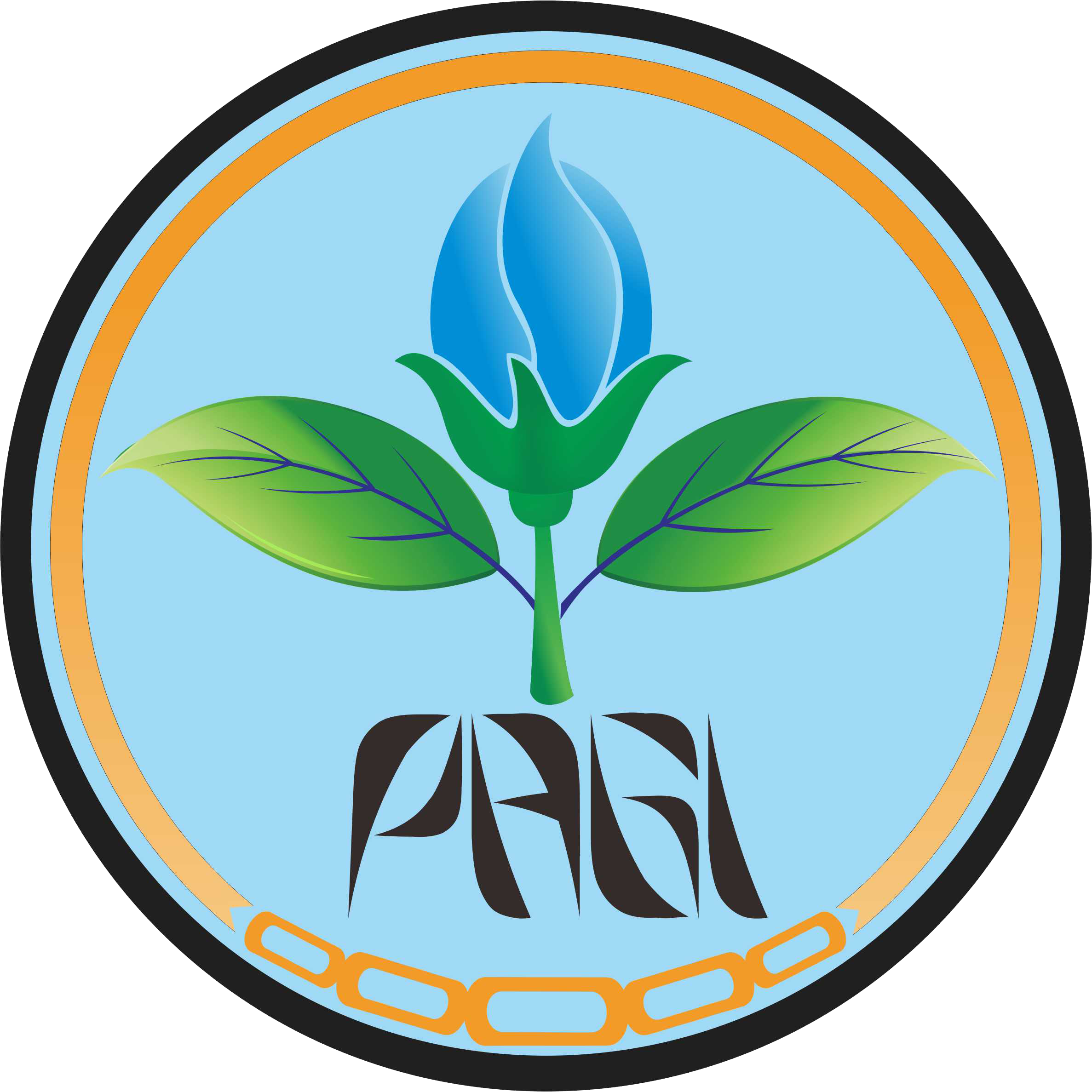Effect of NPK Fertilizer and Foliar Fertilizer on Chili Growth and Yield
Abstract
Keywords
Full Text:
PDF(EN)References
Abd El-Latif KM, Osman EAM, Abdullah R, Abd el Kader N. 2011. Response of potato plants to potassium fertilizer rates and soil moisture deficit. Adv Appl Sci Res. 2(2):388–397.
Adnan IS, Utoyo B, Kusumastuti A. 2015. Pengaruh Pupuk NPK dan Pupuk Organik terhadap Pertumbuhan Bibit Kelapa Sawit (Elaeis guineensis Jacq.) di Main Nursery. J Agro Ind Perkeb. 3(2):69–81.
Andayani, La S. 2013. Uji empat jenis pupuk kandang terhadap pertumbuhan dan hasil tanaman cabai keriting (Capsicum annum l.). J Agrifor. 12(1):22–29.
Ashrafuzzaman M, Abdul Halim M, Ismail MR, Shahidullah SM, Alamgir Hossain M. 2011. Effect of plastic mulch on growth and yield of chilli (Capsicum annuum L.). Brazilian Arch Biol Technol. 54(4):321–330. https://doi.org/10.20546/ijcmas.2019.812.243.
Asnijar A, Kesumawati E, Syammiah S. 2013. Pengaruh varietas dan konsentrasi pupuk Bayfolan terhadap pertumbuhan dan hasil tanaman cabai (Capsicum Annum L.). J Agrista Unsyiah. 17(2):60–66.
Baharuddin R. 2016. Respon pertumbuhan dan hasil tanaman cabai (Capsicum annum L.) terhadap pengurangan dosis NPK 16: 16: 16 dengan pemberian pupuk organik. J Din Pertan. 32(2):115–124.
Bueno A, Alfarhan A, Arand K, Burghardt M, Deininger AC, Hedrich R, Leide J, Seufert P, Staiger S, Riederer M. 2019. Effects of temperature on the cuticular transpiration barrier of two desert plants with water-spender and water-saver strategies. J Exp Bot. 70(5):1627–1638. https://doi.org/10.1093/jxb/erz018.
Cole JC, Smith MW, Penn CJ, Cheary BS, Conaghan KJ. 2016. Nitrogen, phosphorus, calcium, and magnesium applied individually or as a slow release or controlled release fertilizer increase growth and yield and affect macronutrient and micronutrient concentration and content of field-grown tomato plants. Sci Hortic (Amsterdam). 211:420–430. https://doi.org/10.1016/j.scienta.2016.09.028.
Dubey AK, Singh D, Rajput PS, Kumar Y, Verma AK, Chandraker SK. 2017. Effect of NPK on plant growth, yield and quality of Capsicum (Capsicum annum L.) c.v. Swarna under shade net condition. Int J Curr Microbiol Appl Sci. 6(3):1085–1091. https://doi.org/10.20546/ijcmas.2017.603.125.
Elbasiouny H, El-Ramady H, Elbehiry F, Rajput VD, Minkina T, Mandzhieva S. 2022. Plant nutrition under climate change and soil carbon sequestration. Sustainability. 14(2):914. https://doi.org/10.3390/su14020914.
Fatmawaty AA, Imas R, Fenny NM. 2016. Respons pemberian berbagai pupuk majemuk dan media tanam terhadap pertumbuhan dan hasil tanaman tomat (Solanum lycopersicum) varietas permata secara hidroponik. J Agroekotek. 8(2):143–153.
Fuadi J, Kesumawati E, Hayati E. 2016. Pengaruh dosis kompos limbah bubuk kopi dan pupuk NPK terhadap pertumbuhan dan hasil tanaman cabai merah (Capsicum annum L.). In: Susilowati SME, Vitner KY, Selanno DAJ, Yacob F, SB M, Koneri R, Mudatsir, editors. Pendidikan berbasis bio-enterpreneurship dalam mempersiapkan sumber daya manusia pada era Masyarakat Ekonomi Asean (MEA). Prosiding Seminar Nasional Biotik 2016; 2016 May 3; Banda Aceh, ID. Banda Aceh (ID): FTK Ar-Raniry Press - Biology Education Study Program FTK UIN Ar-Raniry.
Hapsari R, Indradewa D, Ambarwati E. 2017. Pengaruh pengurangan jumlah cabang dan jumlah buah terhadap pertumbuhan dan hasil tomat (Solanum Lycopersicum L.). Vegetalika. 6(3):37–49. https://doi.org/10.22146/veg.28016.
Huez-López MA, Ulery AL, Samani Z, Picchioni G, Flynn RP. 2011. Response of chile pepper (Capsicum annuum L.) to salt stress and organic and inorganic nitrogen sources: I.Growth and yield. Trop Subtrop Agroecosystems. 14(1):137–147.
[Ministry of Agriculture] Pusat Data dan Sistem Informasi Pertanian Kementerian Pertanian. 2021. Konsumsi dan neraca penyediaan – penggunaan cabai. In: Buletin Konsumsi Pangan. Jakarta (ID): Pusat Data dan Sistem Informasi Pertanian Kementerian Pertanian. hal. 44–55.
[Ministry of Agriculture] Kementrian Pertanian Republik Indonesia. 2020. Produksi Cabe Besar Menurut Provinsi 2015-2019. Jakarta (ID): Kementrian Pertanian Republik Indonesia.
Khan A, Shah SNM, Rad A, Sajid M, Ali K, Ahmed A, Faisal S. 2014. Influence of Nitrogen and potassium levels on growth and yield of chilies. Int J Farming Allied Sci. 3(3):260–264.
Kristina NN, Syahid SF. 2012. Pengaruh air kelapa terhadap multiplikasi tunas in vitro, produksi rimpang, dan kandungan Xanthorrhizol temulawak di lapangan. J Penelit Tanam Ind. 18(3):125–134. https://doi.org/10.21082/jlittri.v18n3.2012.125-134.
Mantja K, Haring F, Mahendra WY, Syam’un E, Asrul L, Sahur A, Ridwan I. 2020. Growth and production of cayenne pepper (Capsicum frutescens L.) on various concentrations of bio-fertilizer and NPK fertilizer. IOP Conf Ser Earth Environ Sci. 575(1):012109. https://doi.org/10.1088/1755-1315/575/1/012109.
Khandaker MM, Rohani F, Dalorima T, Mat N. 2017. Effects of different organic fertilizers on growth, yield and quality of Capsicum Annuum L. Var. Kulai (Red Chilli Kulai). Biosci Biotechnol Res Asia. 14(1):185–192. https://doi.org/10.13005/bbra/2434.
Murwito, Sakhidin, Hidayat P. 2010. Pengaruh dosis pemupukan terhadap hasil tiga kultivar cabai merah. J Pembang Pedesaan. 10(1):47–52.
Prasetyo R. 2014. Pemanfaatan berbagai sumber pupuk kandang sebagai sumber N dalam budidaya cabai merah (Capsicum annum L.) di tanah berpasir. Planta Trop J Agro Sci. 2(2):125–132. https://doi.org/10.18196/pt.2014.032.125-132.
Suherman C, Soleh MA, Nuraini A, Fatimah AN. 2018. Pertumbuhan dan hasil tanaman cabai (Capsicum sp.) yang diberi pupuk hayati pada pertanaman kelapa sawit (Elaeis guineensis Jacq.) TBM I. Kultivasi. 17(2):648–655. https://doi.org/10.24198/kultivasi.v17i2.18116.
Sulistyowati D. 2019. Efektivitas formulasi pupuk dan pemangkasan pucuk terhadap peningkatan produksi cabai merah. J Agroekoteknologi dan Agribisnis. 3(1):19–29.
Waskito H, Nuraini A, Rostini N. 2018. Respon pertumbuhan dan hasil cabai keriting (Capsicum annuum L.) CK5 akibat perlakuan pupuk npk dan pupuk hayati. Kultivasi. 17(2):676–681. https://doi.org/10.24198/kultivasi.v17i2.17856.
Wolo AB, Muín A, Wirianata H. 2017. Pengaruh penambahan urea pada glifosat untuk meningkatkan efektivitas dalam pengendalian gulma Andreas. J Agromast. 2(2):58–66.
Wu F, Li J, Chen Y, Zhang L, Zhang Y, Wang S, Shi X, Li L, Liang J. 2019. Effects of phosphate solubilizing bacteria on the growth, photosynthesis, and nutrient uptake of Camellia oleifera Abel. Forests. 10(4):348. https://doi.org/10.3390/f10040348.
Yanuarti AR, Afsari MD. 2016. Profil komoditas barang kebutuhan pokok dan barang penting komoditas beras. Jakarta (ID): Kementerian Perdagangan Indonesia.
Yong JW, Ge L, Ng YF, Tan SN. 2009. The chemical composition and biological properties of coconut (Cocos nucifera L.) water. Molecules. 14(12):5144–5164. https://doi.org/10.3390/molecules14125144.
Refbacks
- There are currently no refbacks.






